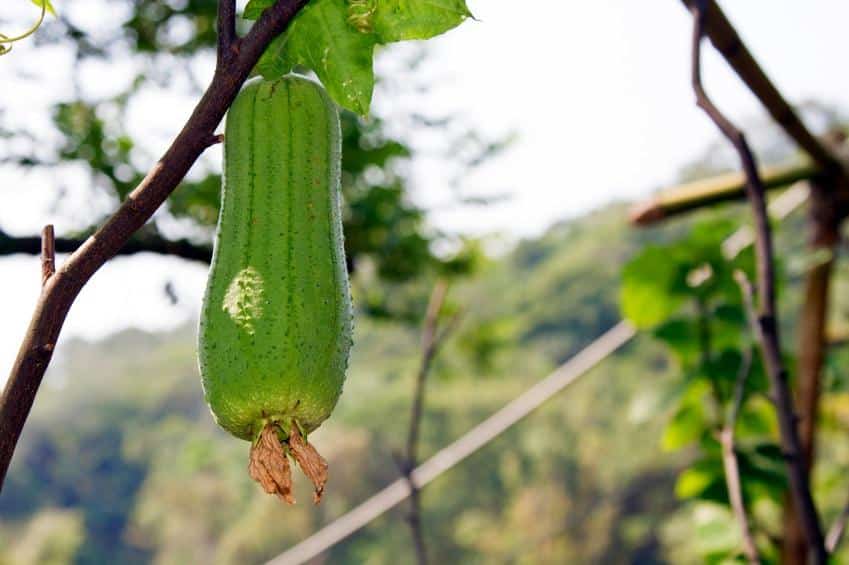
Utah ranchers are concerned about possible destruction of public lands due to alleged overgrazing by wild horses, and they say the Bureau of Land Management (BLM) is standing in the way of a solution.
Approximately 2,000 wild horses are roaming public lands in Iron County, Utah, far more than the 300 the BLM previously determined was a sustainable wild horse population in the nine designated herd management zones.
County officials drafted a letter to the BLM last month warning the federal agency that local authorities would act independently to remove the wild horses if overcrowding problems were not immediately addressed and mitigation efforts initiated.
“We charge you to fulfill your responsibility. Inaction and no management practices pose an imminent threat to ranchers,” an excerpt from the letter reads.
Iron County officials contend that vegetation crucial to the life and health of the cattle is at risk. (Utah ranchers pay a fee to graze on the federal lands.) Iron County commissioners had asked the BLM to reduce the herds of wild herds in anticipation of the drought, but the request was denied.
“There’s no management of the animals and they keep reproducing. The rangeland just can’t sustain it,” Iron County Commissioner David Miller said. “… We’re going to see those horses starving to death out on the range. The humane thing is to get this going now.”
Some wild horse preservation groups stated publicly that any effort to remove the animals would be a federal crime. Ranchers are often horse lovers, too, and have not suggested euthanatizing the wild horses. The cattlemen have reportedly just urged the BLM to follow the 300 horses guidelines the federal agency itself has established.
Suzanne Roy, the American Wild Horse Preservation campaign director, said she feels the round-up is a retaliatory measure based upon the BLM statement regarding the need to reduce grazing levels on public lands due to the drought.
“They are scapegoating once again, wild horses for the problems created by the large number of livestock grazing on our public lands,” Roy said.
Late last week Iron County workers and some BLM agents set up portable metal corrals to round up and hold the wild horses on private land next to the federal range until they can be transported to a BLM facility. Utah BLM Director Juan Palma suggested the federal agents and local officials work together to remove some of the wild horses from public lands where cattle grazing also occurs.
“We will provide accountability throughout the process with strong oversight and responsibility. We know there are people out there concerned for the wild horses, and we will treat them well,” Palma said.
Once the wild horses reach the BLM facility, they will reportedly be held until adoption. Horse lovers want to see the horses released into less populated public lands or placed in a refuge instead of being adopted for domestication.
Miller said the BLM is making progress, although he fears it’s not enough.
“It’s not as much as we would like,” Miller told The Salt Lake Tribune. “As the county, we’re concerned it’s not going to mitigate significantly the threat, but because we’re getting progress, we will work together.”
County officials aren’t taking “any options off the table, because if there are imminent threats that we have to address, then we will.”
Katherine Meyer, an attorney for wild horse preservation groups, fired off this letter to the BLM: “The BLM must stop caving to the private financial interests of livestock owners whenever they complain about the protected wild horses using limited resources that are available on such lands.”
According to the BLM, wild horse and burro populations across the West number at more than 40,600 head. The federal agency’s own figures note that the size of the roaming herds exceeds the number of animals which can “exist in balance with other public rangeland resources and uses” by 14,000.
Bureau of Land Management officials also noted that the wild horse population has not been culled due to “budget constraints” and the population grows by approximately 20 percent each year. The BLM has urged ranchers in the West to cut their cattle herds by 50 percent to help cope with the drought.
Sign up for Off The Grid News’ weekly email and stay informed about the issues important to you











